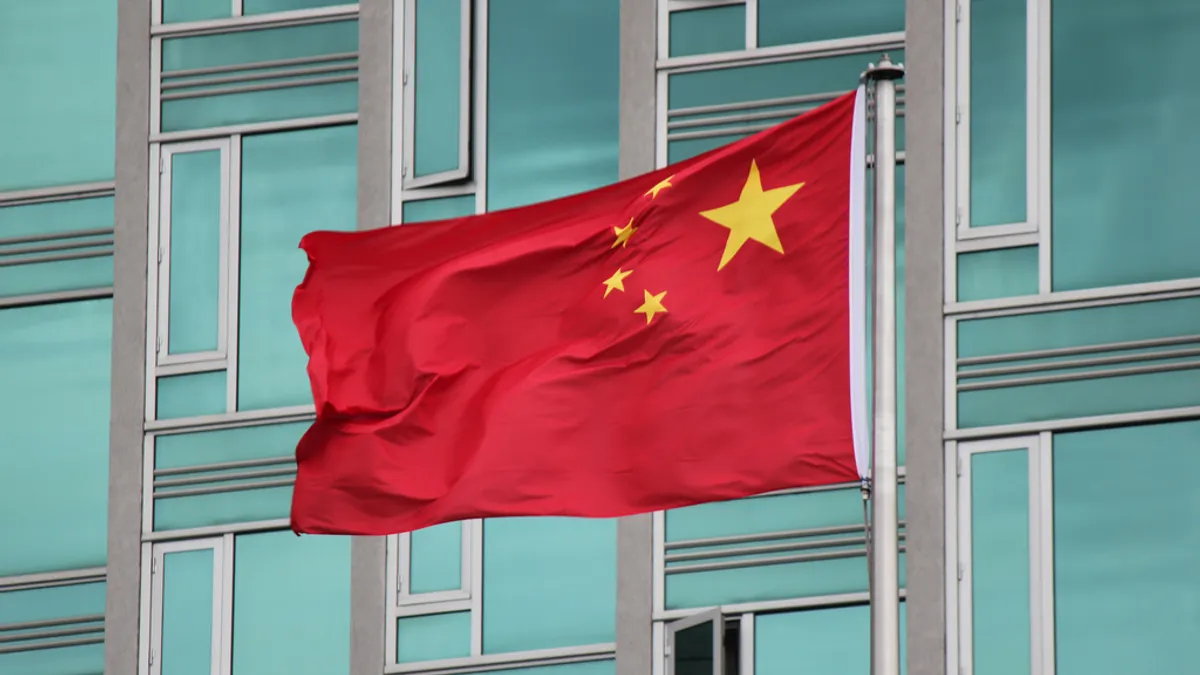Editor's Note: This article is part of a series on changes in trade policy under the Trump administration. For more details, click on the links for presidential powers, NAFTA, or the border adjustment tax.
It’s easy to believe a trade war is looming with China.
On the campaign trail, President Trump frequently promised to label China a currency manipulator and denounced the country’s distortionary market policies. Unless China ceases its unlawful practices, candidate Trump threatened, he would install a direct tariff on Chinese goods. China, meanwhile, has not been slow to respond in kind .
A reputably anti-China cabinet has been shaped in the form of U.S. Trade Representative nominee Robert Lighthizer and White House National Trade Council head Peter Navarro. Trump's detractors have sounded the alarm, explaining the possibility and repercussions of how such a trade war might emerge.
But trade wars are long, built up and protracted. After all, it takes various actions to make a case against a single type of good — say Chinese steel followed by retaliatory tariffs on American steel — to escalate into an economy-wide tit-for-tat trade war.
"I think we’re still a couple steps away from the punitive tariffs that [Trump has] been talking about, which could escalate into a trade war," Taneli Ruda, Managing Director of Global Trade for the Tax & Accounting business of Thomson Reuters, told Supply Chain Dive in an earlier interview, where he explained Trump’s positions and the necessary steps that precede such a war.
How a trade war could happen
Trump seems to have two main objections to trade with China. First, "that China is a currency manipulator that is artificially deflating the value of the yuan to make Chinese exports more competitive in foreign markets, including the United States," Ruda said. "The second claim that [Trump is] making is that China is directing state subsidies, or subsidy-like favorable conditions … to entities that are producing goods in China and therefore that are exported to the United States below cost."
But labeling a foreign country a currency manipulator takes both time and evidence, as does litigating cases before the World Trade Organization or even U.S. courts. A trade war by traditional means would have to suffer the long processes, and warning signs, of tit-for-tat cases and public exhortations before taking into effect.
Trade wars are long, built up and protracted.

Supply Chain Dive
That said, if Trump unilaterally raises a tariff, which the President has the authority but not the international endorsement to impose, China could quickly respond in kind.
Yet Trump does not appear to be insinuating he will "reflexively apply tariffs on Chinese imports," according to Ruda. Rather, the President is looking to the enforcement mechanisms within U.S. courts and the WTO to ensure “unlawful practices” cease. "And if that does not work," Ruda noted, "then he will be going to the next step which includes other actions, which probably includes extra tariffs."
While the warning signs of a trade war may exist, supply chain managers should not yet worry about a general war, at least until more concrete actions precede it.
The quiet war to dominate Asian markets
A more pressing concern, then, is the more quiet trade war being waged between China and the U.S. — a war for dominance of the Asian market.
Some would say Trump’s recent order to withdraw from the Trans-Pacific Partnership (TPP) — the 11-country trade deal that promised to cement Obama’s pivot to Asia and constituted 40% of the world’s GDP — delivered a coup de grace for China’s influence in the region in allowing to rope in the former U.S. trade partners into its new Regional Comprehensive Economic Partnership (RCEP).
The China-led RCEP is a 16-country trade agreement, combining the existing Association of Southeast Asian Nations and various neighboring countries, which account for 24% of the world’s GDP. In contrast to the TPP however, the RCEP is a more traditional free trade agreement, focused on removing tariffs and without the human rights and environmental standards that the U.S. pushed for in the TPP. While negotiations for RCEP have yet to conclude, many believe the deal is slated for success.
"The TPP going away definitely puts a lot of wind in RCEP’s sails,” Ruda added. “America [would have] been able to integrate with Asian supply chains as a supplier of finished goods as well as interim goods being further processed in the TPP region and sold in the TPP area."
The U.S. and China are quietly waging a war for dominance of the Asian market.

Supply Chain Dive
"Now, that opportunity kind of falls away. If you are an American company trying to satisfy needs in the Chinese market or the Southeast Asian market, under RCEP you would probably be biased toward setting up your plant in the RCEP area, as opposed to production in America," Ruda noted.
However, although the U.S. withdrawal from the TPP may signal the end of benefits for U.S. companies, the remaining 11 members could still rework and ratify a similar agreement, technically. Foreign-based supply chains would benefit from intermediary trade throughout the TPP region. Companies could then take advantage of both agreements’ benefits under this scenario.
In addition, while the U.S. has announced its intention of withdrawing from the agreement, the White House website notes it seeks to pursue bilateral deals with each country, rather than the wider agreement.
In other words, the effect of RCEP vis-à-vis the TPP — just like the threat of a trade war — may not be felt for years, but the Trump administration will play a heavy role in managing the way supply chains with operations in Asia react to shifts in the trade landscape.






















